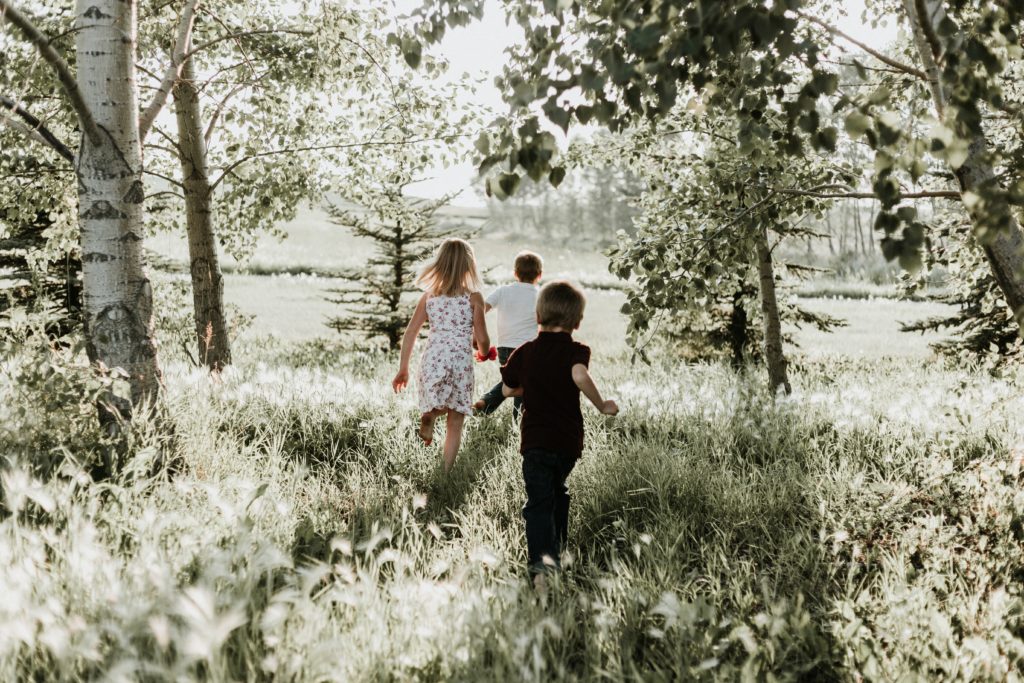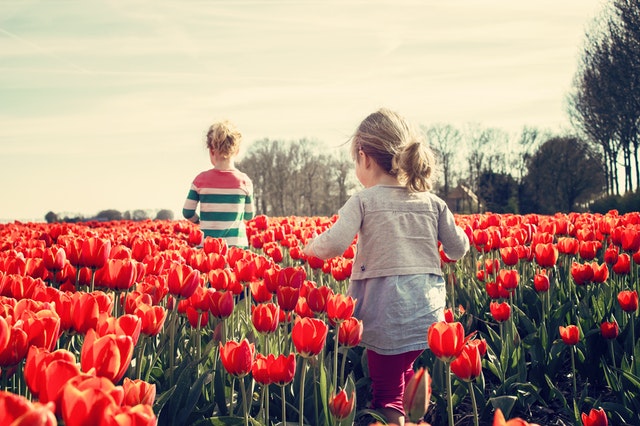In recent years, child development specialists have become increasingly concerned about how “screen time,” — where kids gaze at smartphones, tablets and TVs while the backlit screens cast glows on their youthful faces — is replacing time spent playing outside, where youngsters instead get their fill of a natural source of vitamin D thanks to the warmth and light from the sun.
However, outdoor learning environments, sometimes called “forest schools,” may be the answer to ensuring kids understand the importance of appreciating nature’s beauty and getting exposed to the elements. The first of these schools launched in Europe over five decades ago. Now, these learning options are springing up all over the world, including throughout the United States.
What Are Outdoor Schools Like?
At many traditional schools, the daily schedule is very rigid and may involve wearing a uniform. In contrast, for kids who attend forest schools (and their parents), all they have to worry about when picking out attire for the day is making sure it protects them from things like rain or mud. Some schools even give kids head-to-toe rain suits when they sign up for classes.
Indeed, most outdoor preschools operate regardless of weather. If you’re accustomed to your youngsters whining when the first drops of rain begin to fall, you may be surprised that kids who are attending these schools tend to speedily adjust to the variable conditions without complaints.
There are several defining principles of forest schools. Primarily, nature is the common thread that connects everything to do with that learning institution, from its public identity to the spaces where students learn.
Teachers and other staff members must also have a vested interest in both early childhood education and environmental conservation. The latter is true because lesson plans are geared toward helping kids form identities that relate to nature and realizing that it’s necessary to respect and honor the natural world.
Although outdoor schools have a structure in some regards, some have a lot more freedom than typical educational establishments. That’s because kids and teachers have to adjust to changing conditions and other unexpected circumstances that may not be problematic within indoor environments. Educators also learn how to capitalize on unexpected learning opportunities, such as seeing a certain kind of bird feather on the ground or spotting animal tracks.

Preschool Sets the Tone for Success in Life
If you thought preschool was mostly about playing with peers and learning to share, that’s a short-sighted view. Evidence shows that kids who get high-quality educations during their preschool years are more likely to have lucrative careers, stay healthier and not spend time in jail.
When you consider those things, it may understandably seem even more necessary to get your child set up for life by looking into the intriguing possibility of an outdoor preschool. Fortunately, seizing that opportunity may not blow your budget.
Efforts to Make Forest Schools Affordable
In Seattle, the Tiny Trees program operates in several city parks. Organizers assert there are extremely high costs associated with building and operating conventional preschools. However, by using existing natural spaces in new ways, it’s possible to make education more affordable.
The cost of education for kids involved in Tiny Trees is 10 or 40 percent below the market rate. Some are even eligible for free education, with the expenses covered by Seattle city authorities.
Vast Benefits Associated With Being Outside
As mentioned earlier, kids today are often more familiar with technology than trees. Statistics show the average American child spends only 30 minutes outside taking part in unstructured play versus seven hours sitting in front of screens.
Scientists have connected several benefits to being outside that relate to physical, mental and emotional well-being. We live in a time when childhood obesity rates are on the rise, and prescriptions for anti-depressants and hyperactivity-taming medications are increasing, too. Spending time outside may not be the cure for all that ails a child, but there is significant research and related documentation about the advantages it brings.
There are many concerns with choosing a preschool. Whether you have a child who is about to enter the early-education stage or are just concerned about and interested in alternative learning environments that support environmental sustainability at affordable costs, outdoor preschools are undoubtedly appealing. Your decision to learn more about them could forever change the way you view childhood learning and its effects.

This Women of Green guest blog is by Megan Ray Nichols. Megan writes about many environmental topics including, renewable energy, conservation and sustainability. She invites you to join the discussion on her own blog, Schooled By Science.
